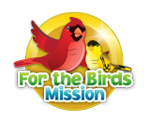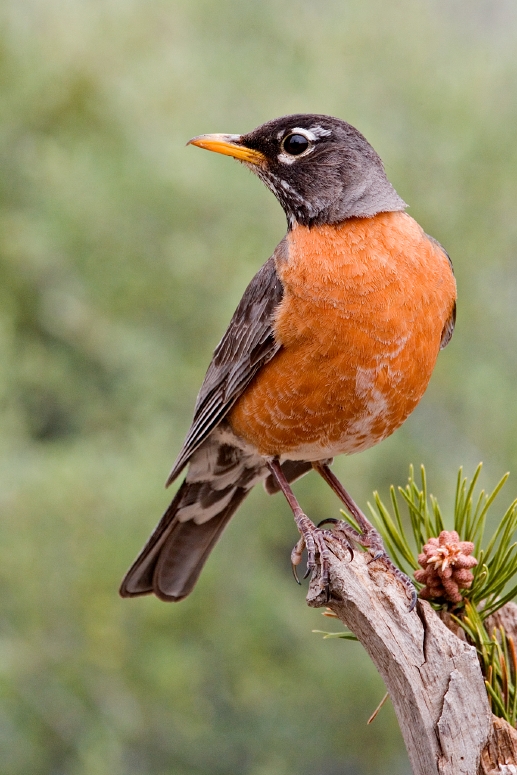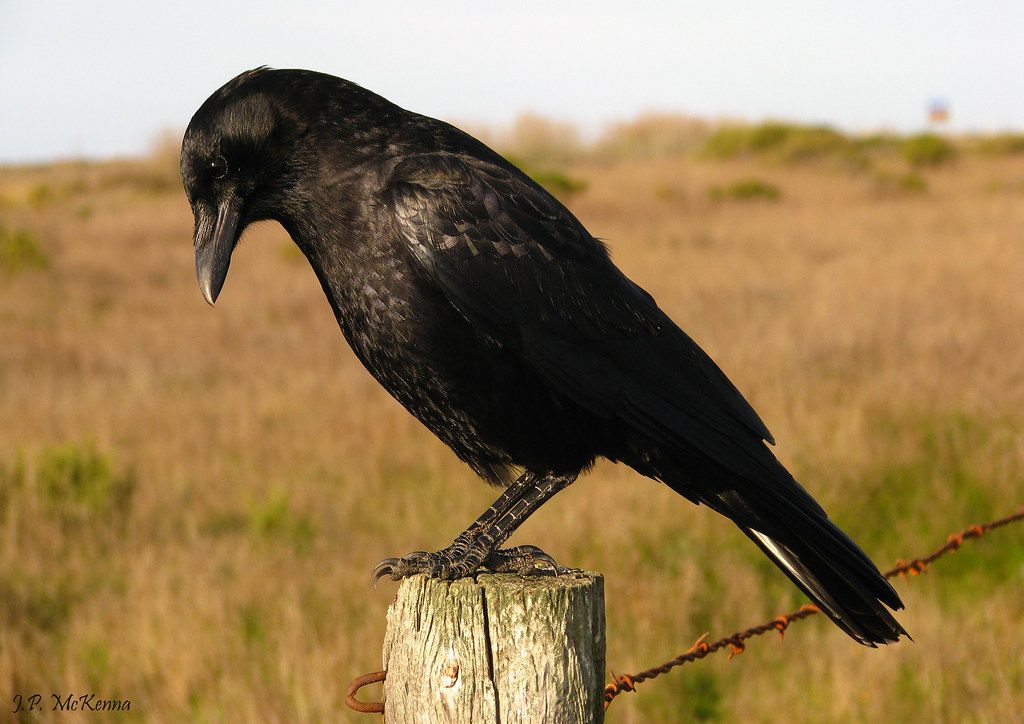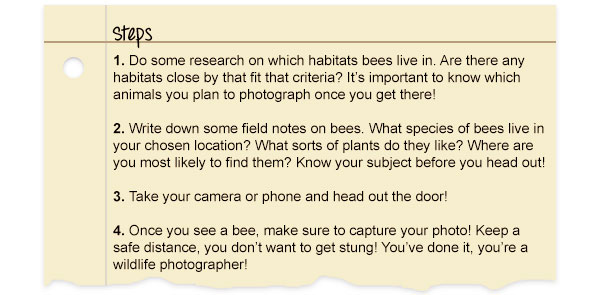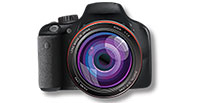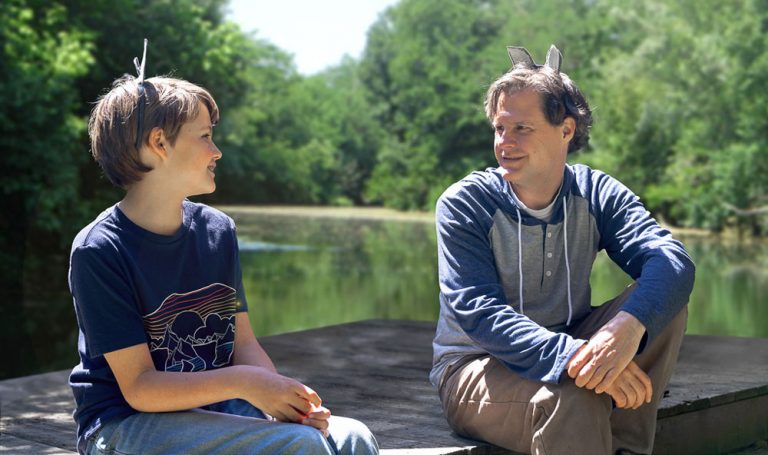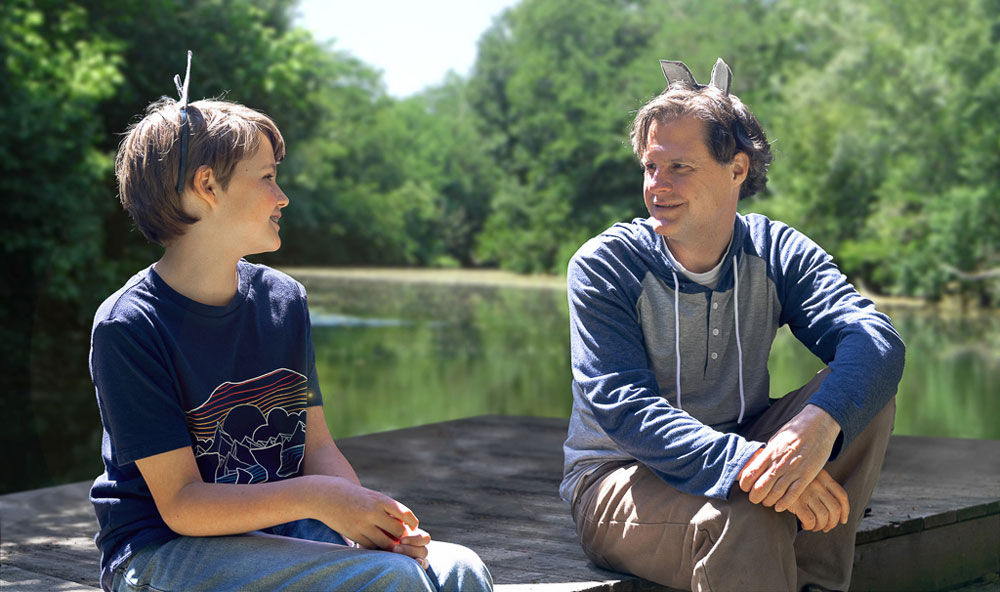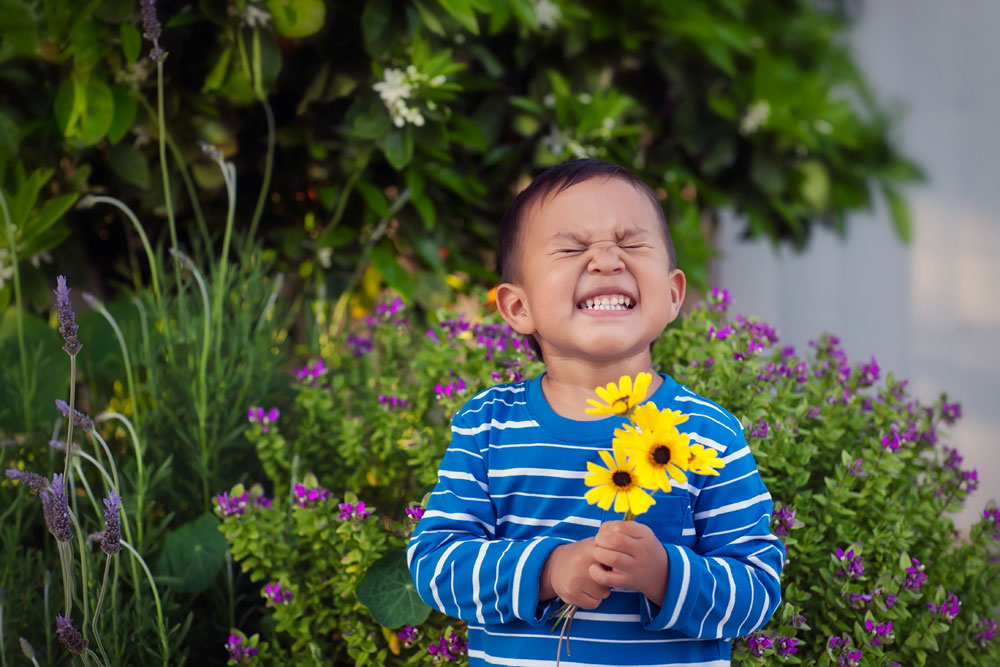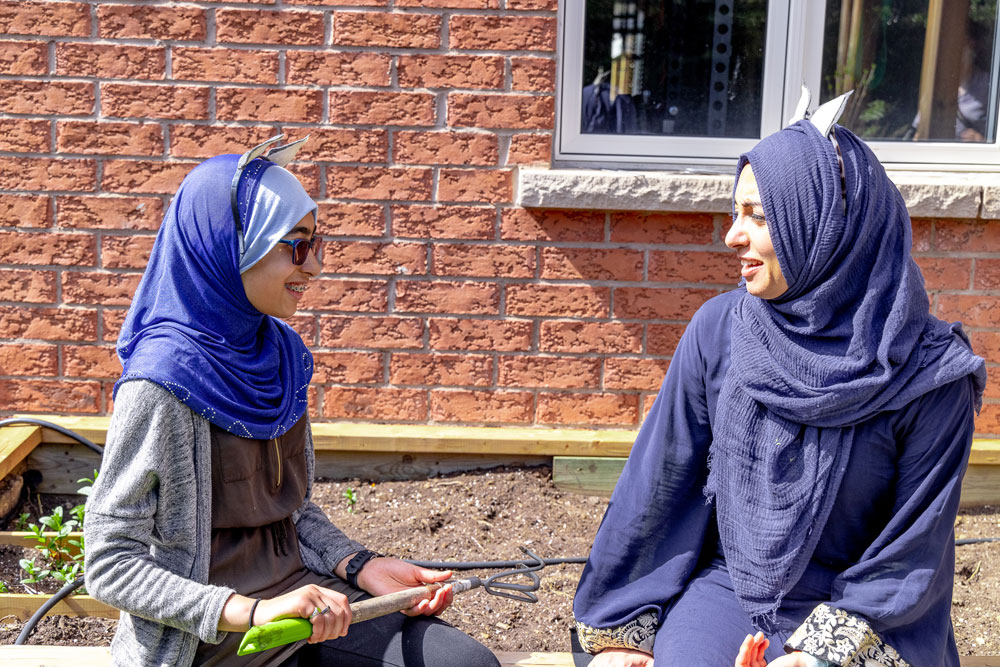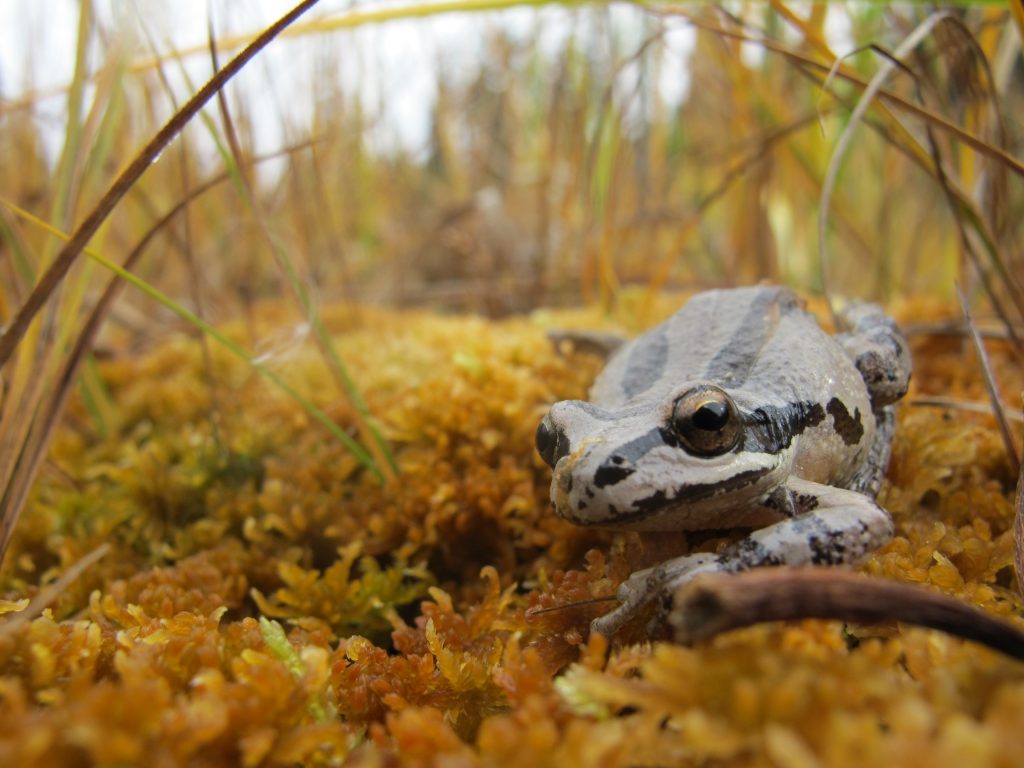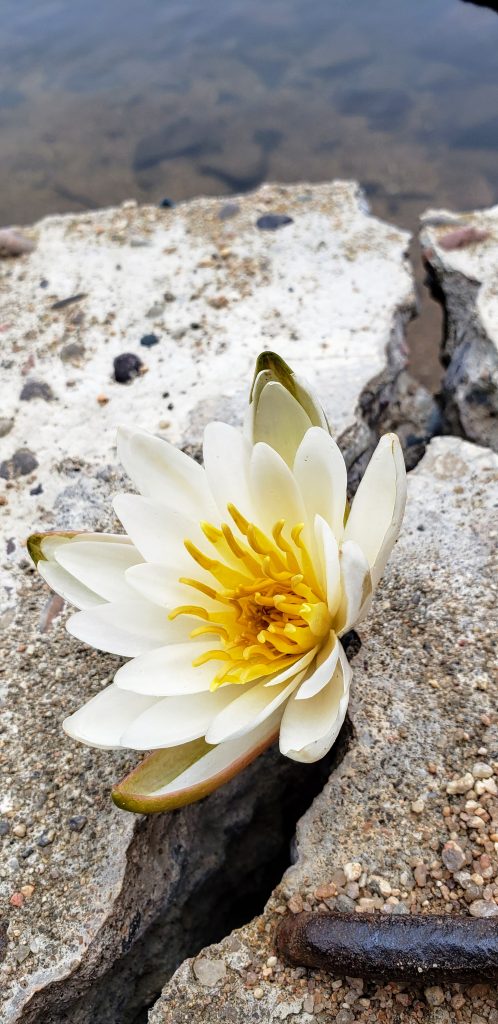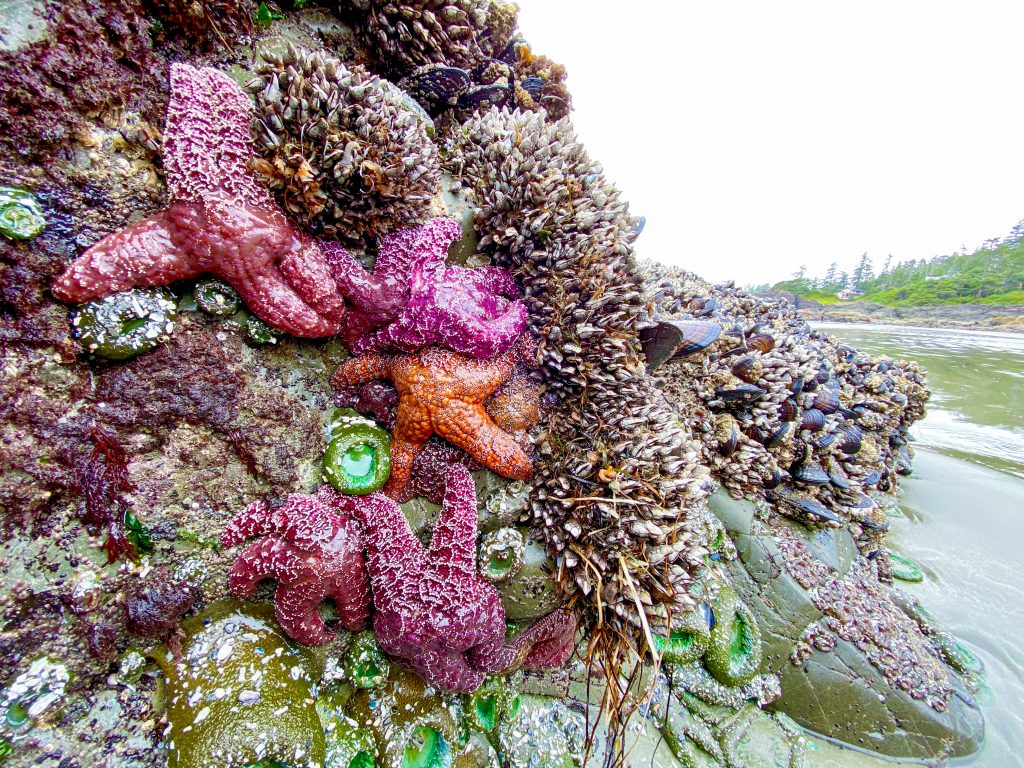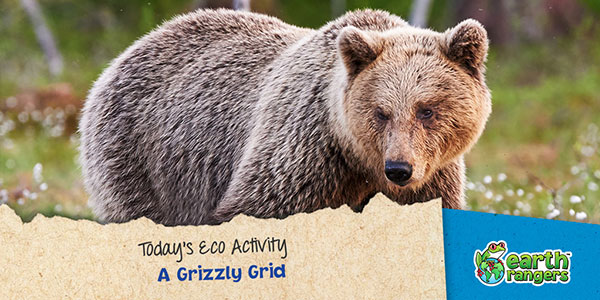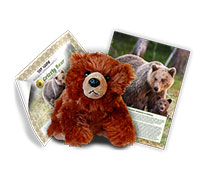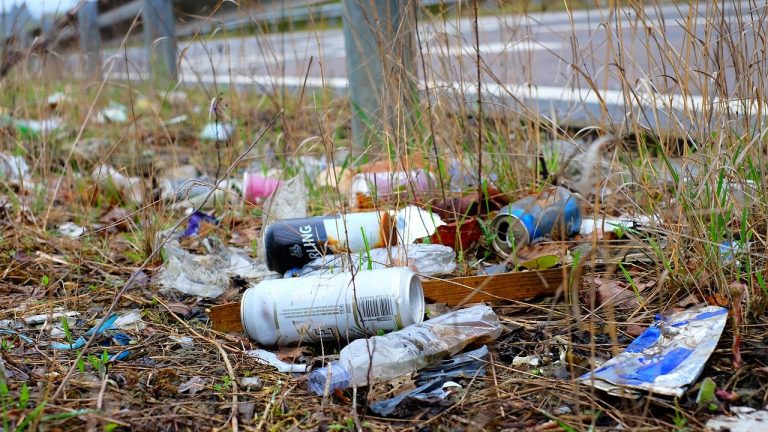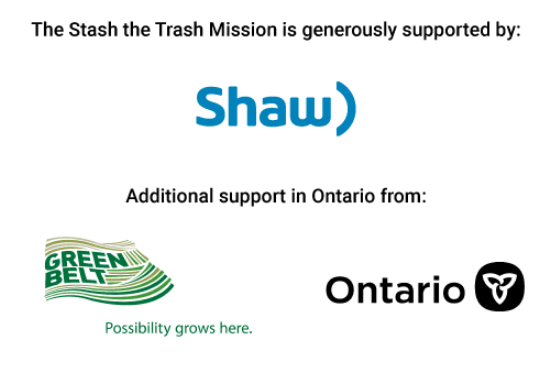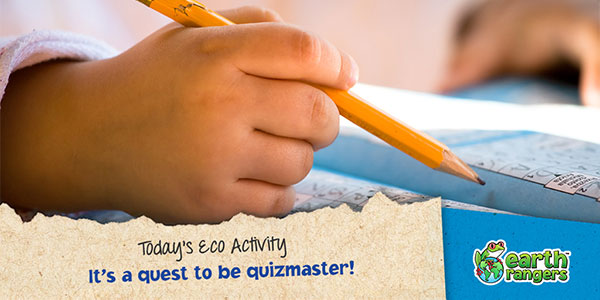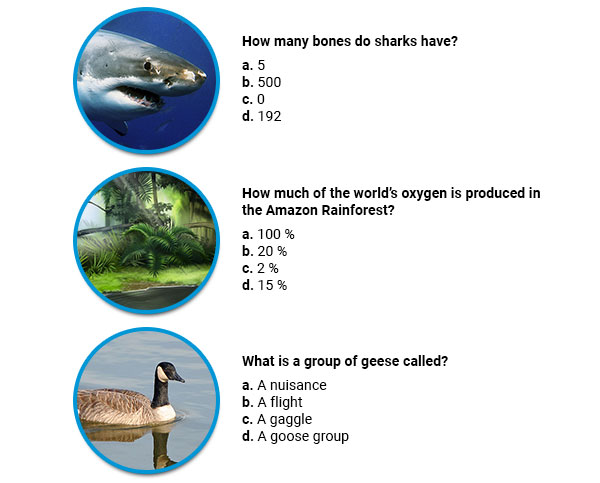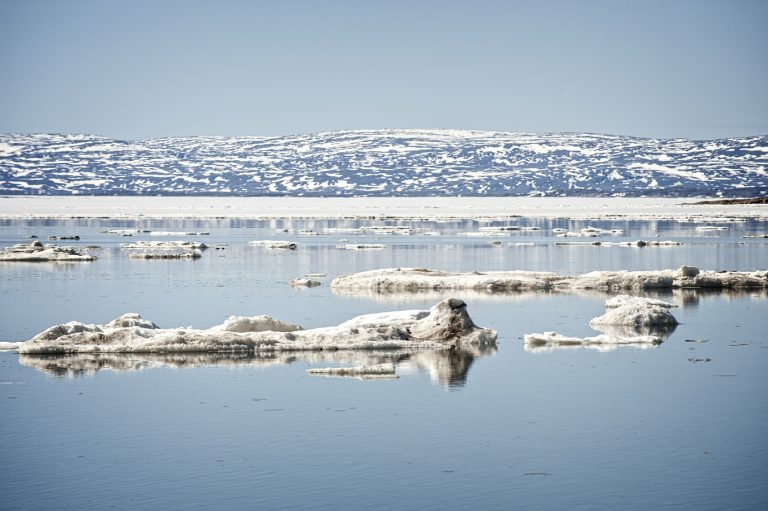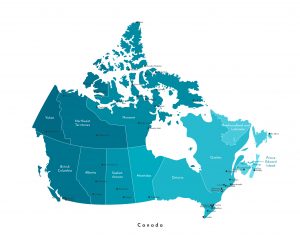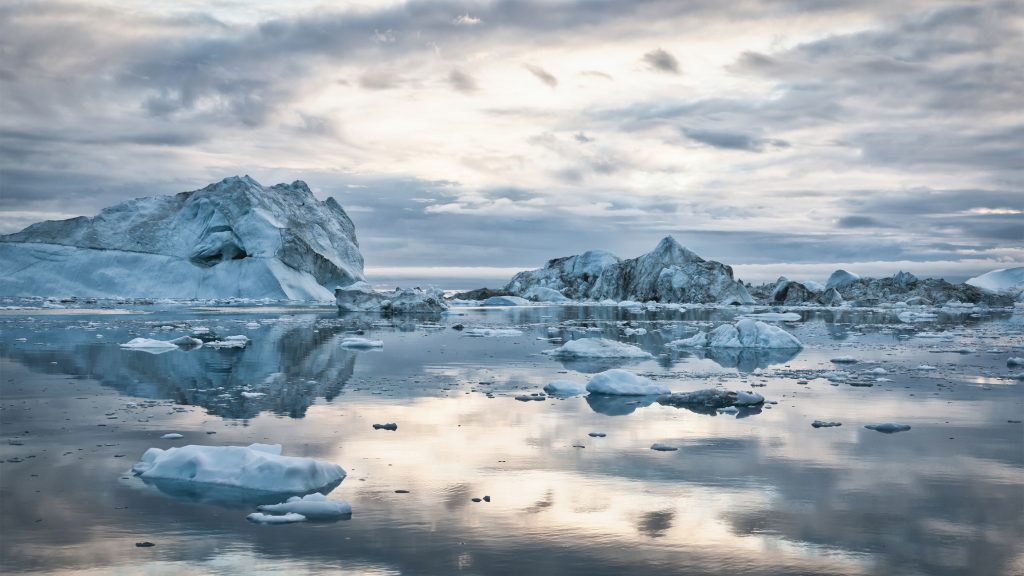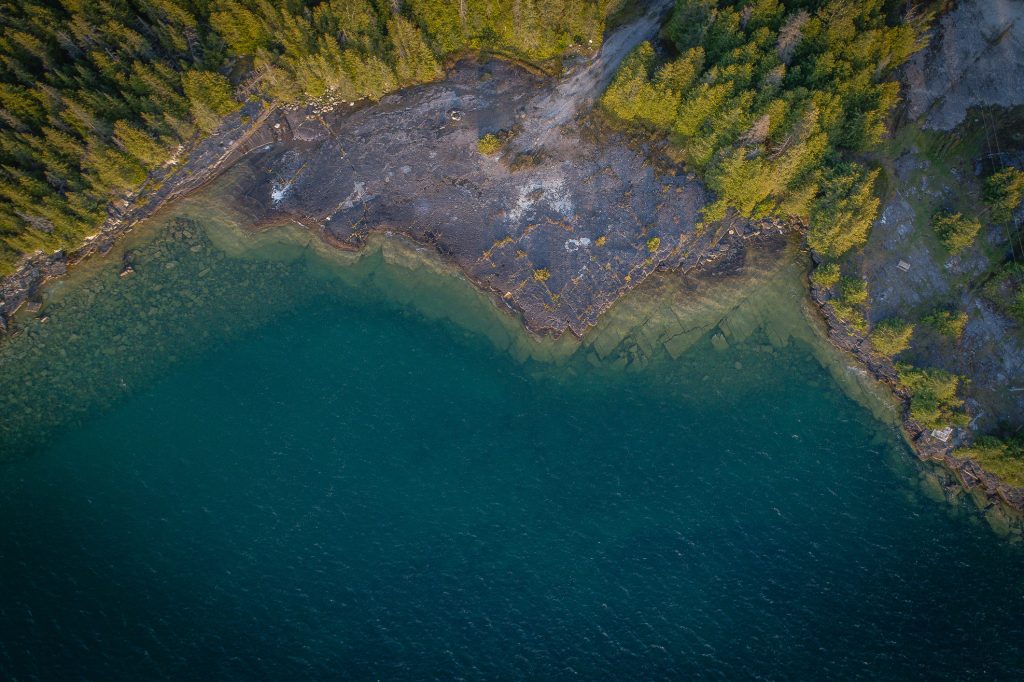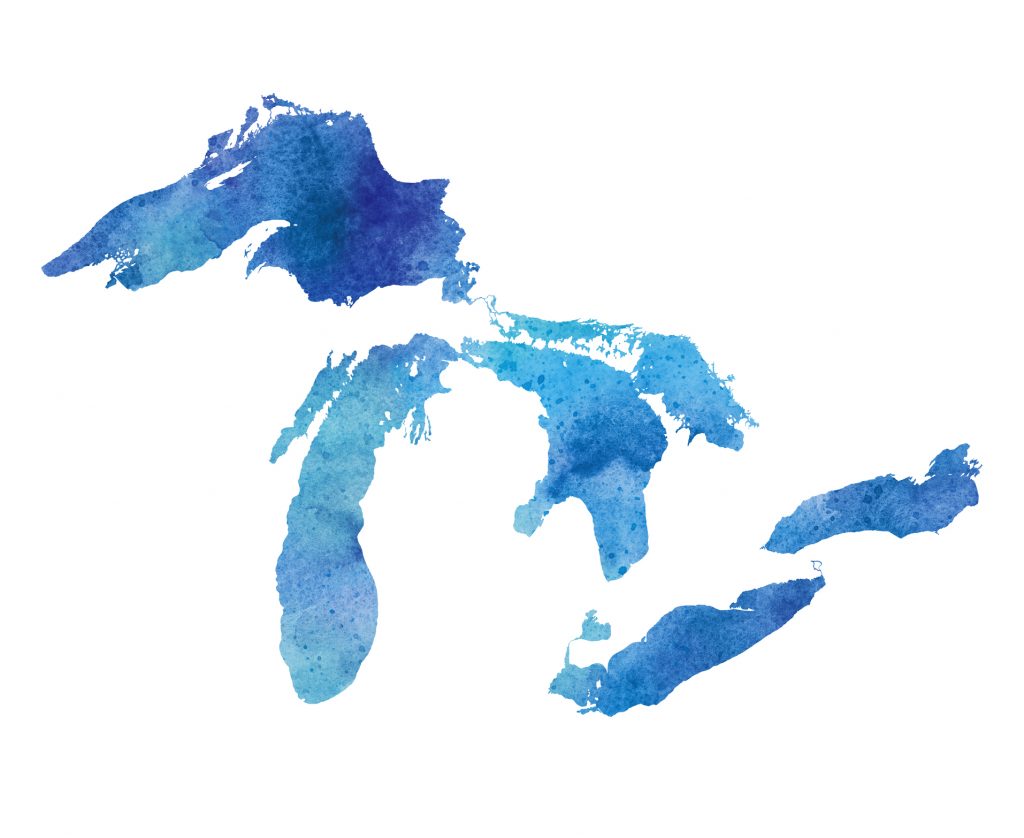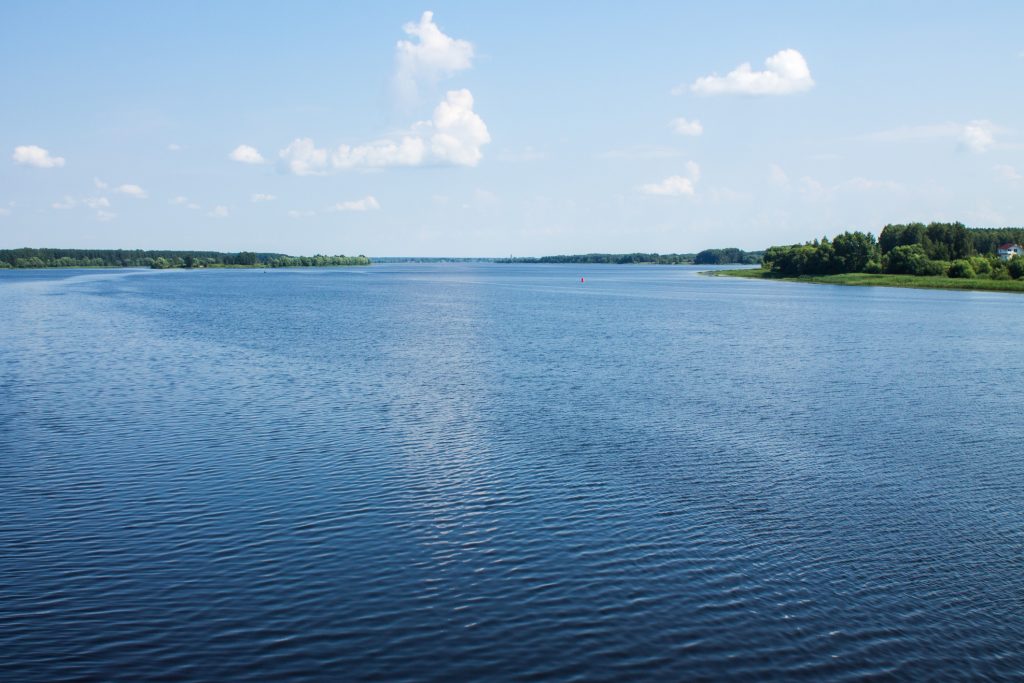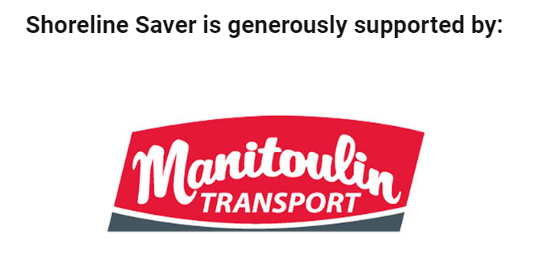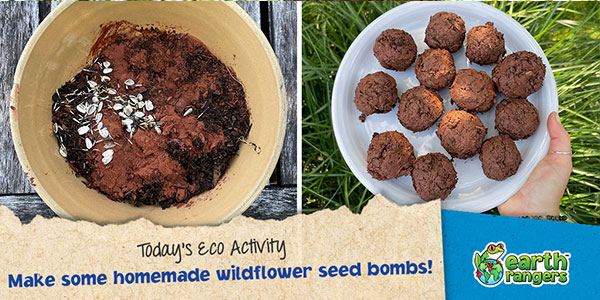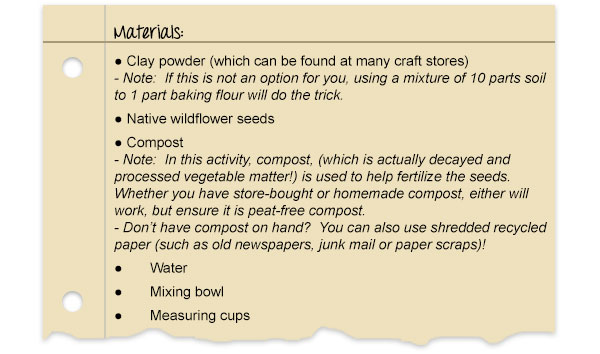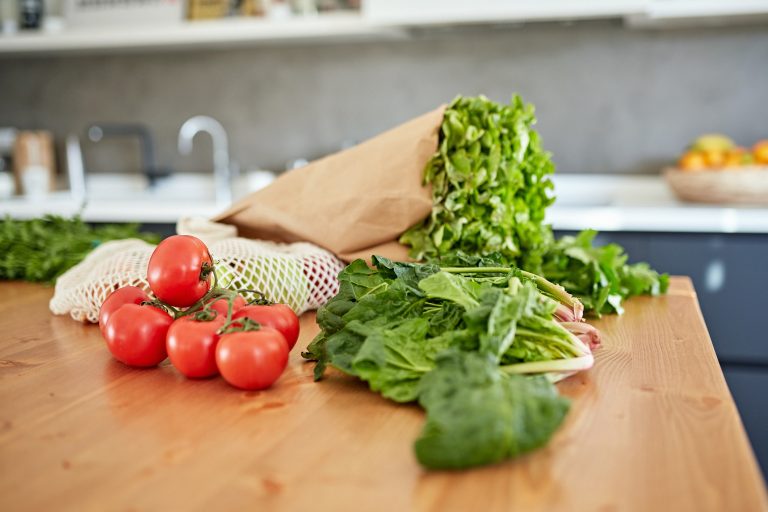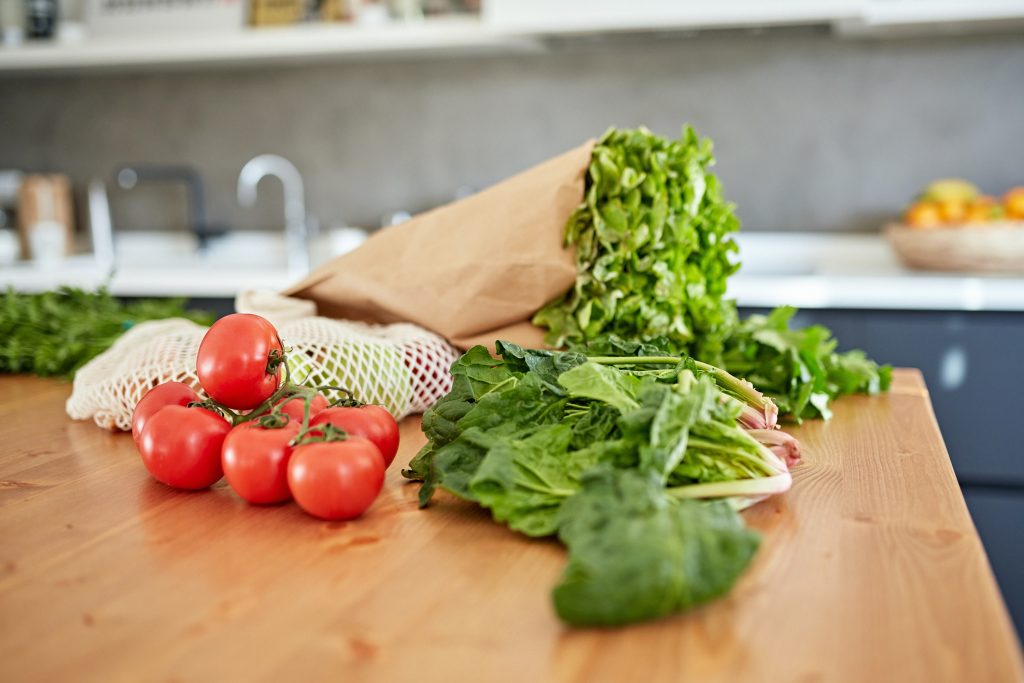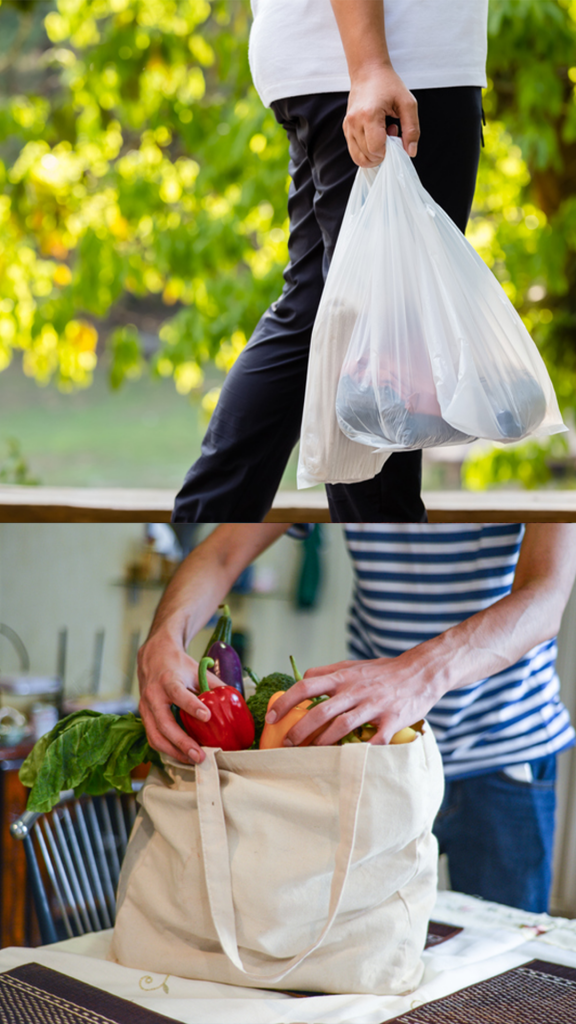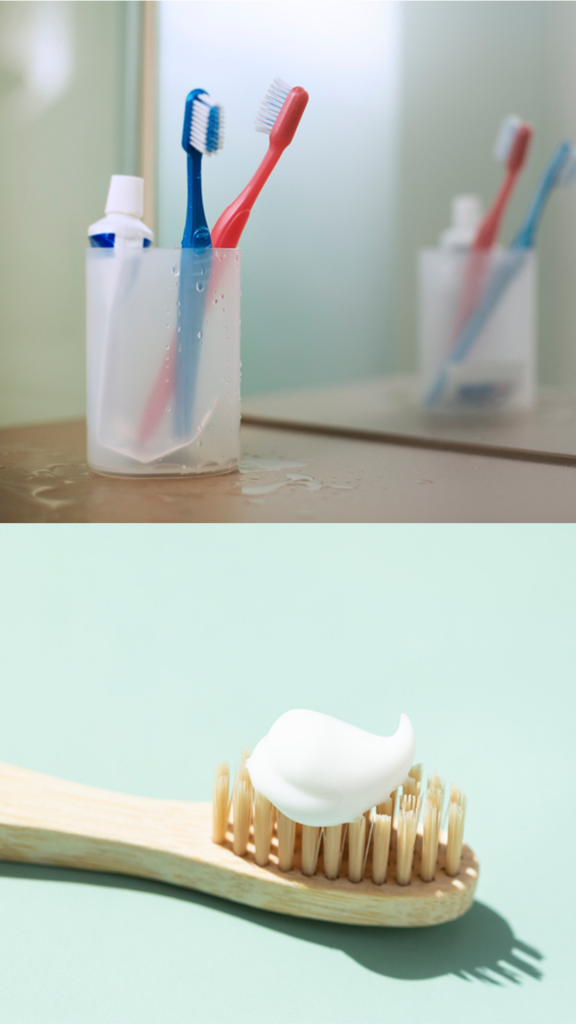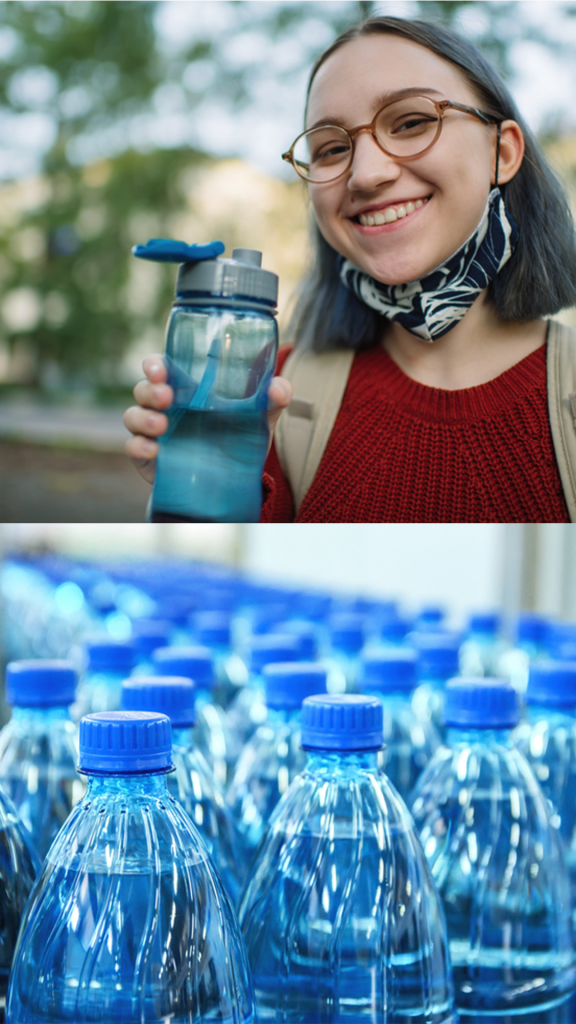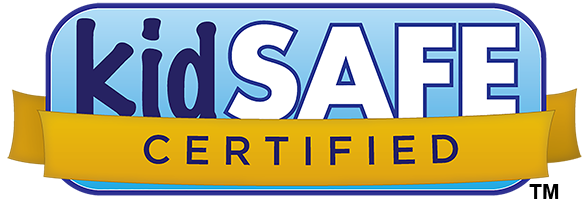Like other species, birds have their very own special way of communicating with each other! Whether it be a hearty squawk, a teeny chirp, or a beautiful bird song, it all means something. Today we are going to try to get to the bottom of what all this bird talk means!
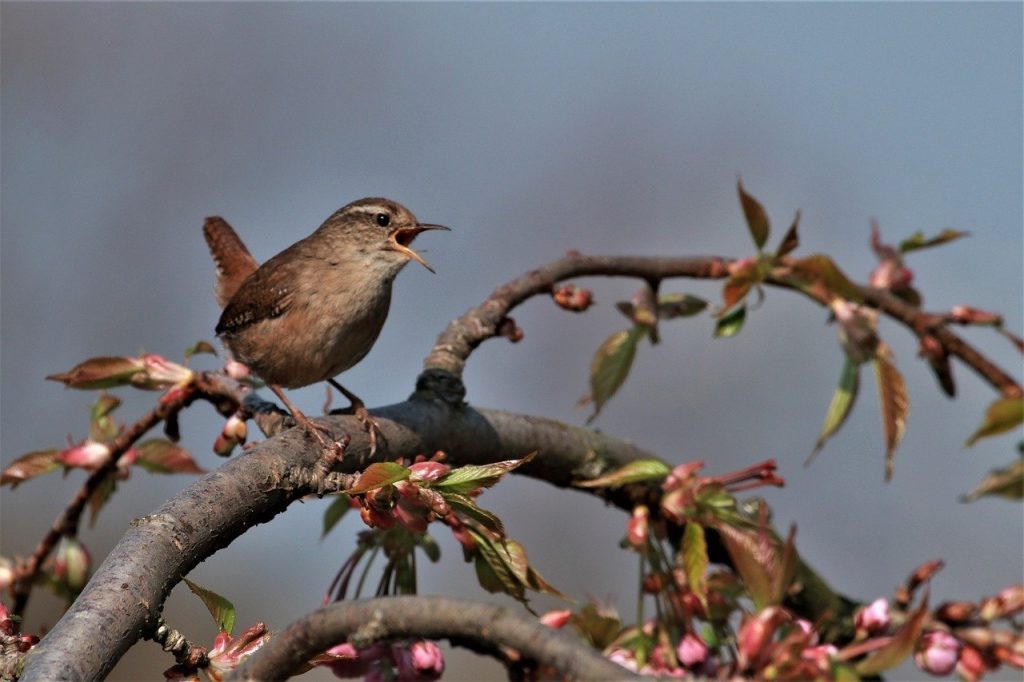
Bird communication includes a whole bunch of different sounds: singing, calls, squeaks, squawks, gurgles, warbles, trills, rattles, gulps, pops, whines, clicks, croaks, drums, whistles, howls, tremolos, thumps, honks, and many others! Can you identify any birds in your neighbourhood just by sound? Here are some common ones you may recognize!
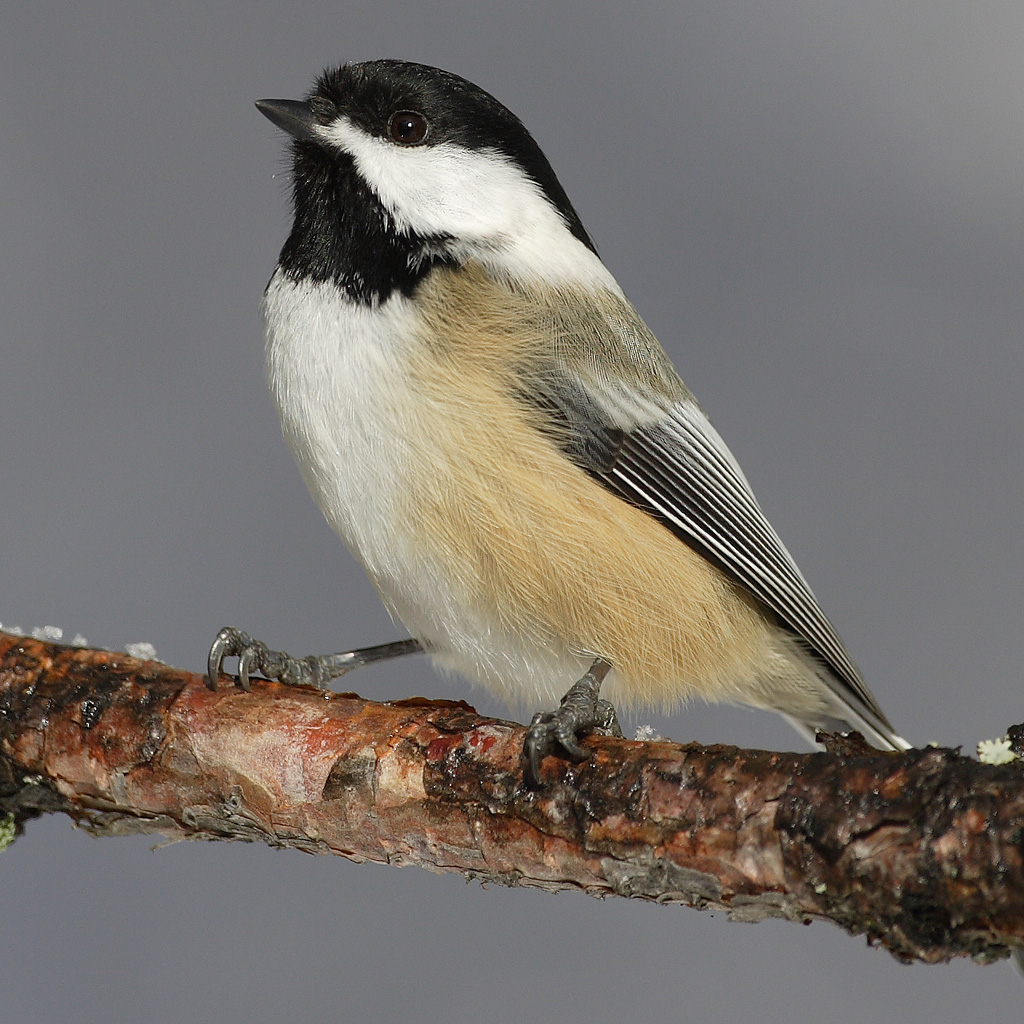
Photo: Wikimedia Commons
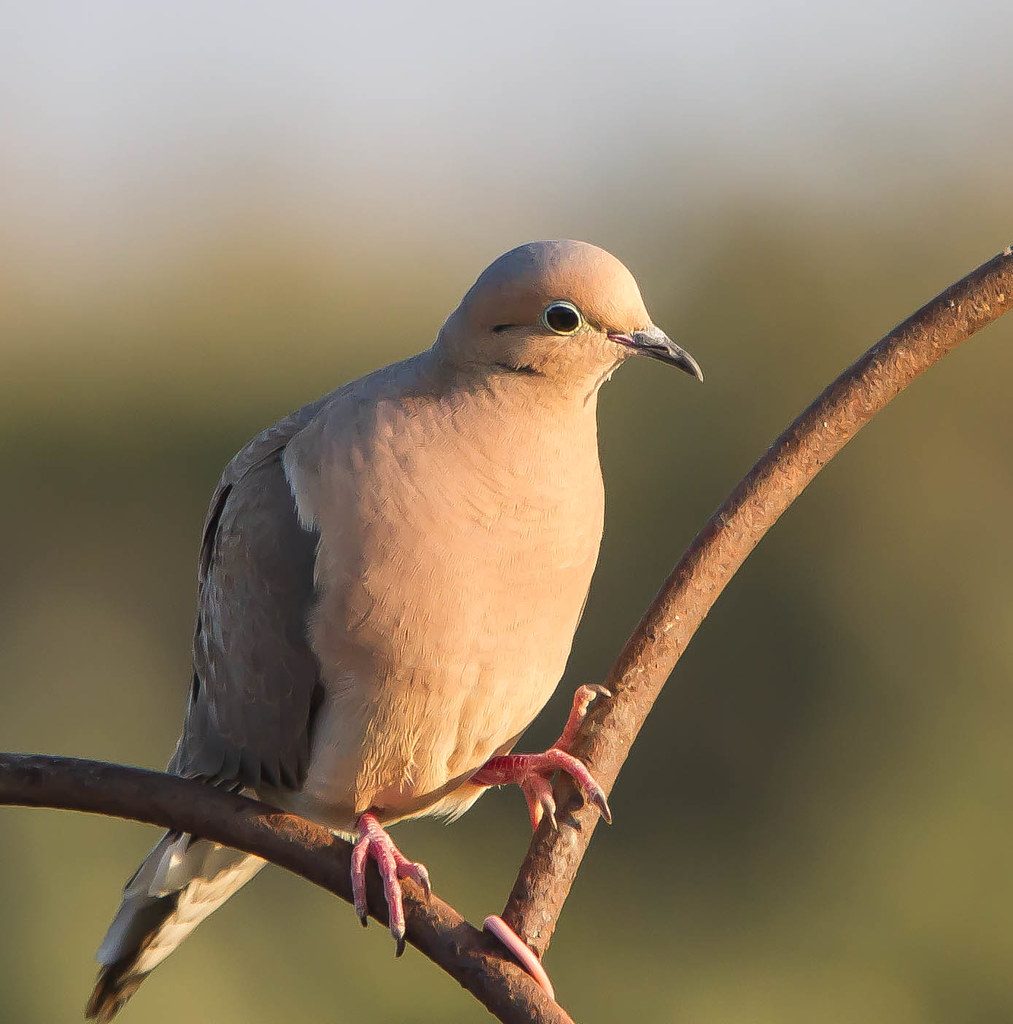
Photo: Dawn Beattie
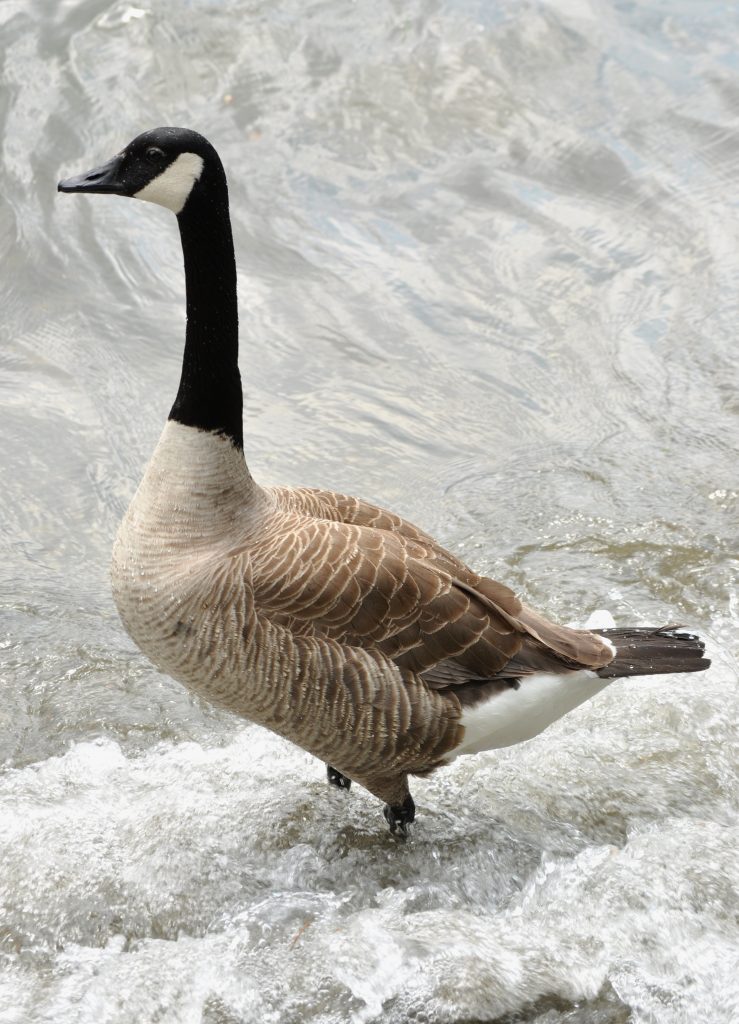
Photo: Wikimedia Commons
Check out lots of other bird calls here!
Although most birds use sound to communicate, others do not use their voice at all. For example, some birds flap their wings against the air or orient their feathers in a certain way as they fly, to create a “winnowing” sound.
There are multiple reasons a bird needs to communicate, including claiming territory, attracting mates, begging parents for food, calling to their chicks or mate, keeping their flock together, scaring intruders, or warning others about predators. For example, the iconic loon wail is the haunting call that loons give back and forth to figure out each other’s location over long distances. Sound is a very important means of communication that can travel quite far, through the darkness, and from within thickets of branches, which helps in cases where birds cannot rely on their vision.
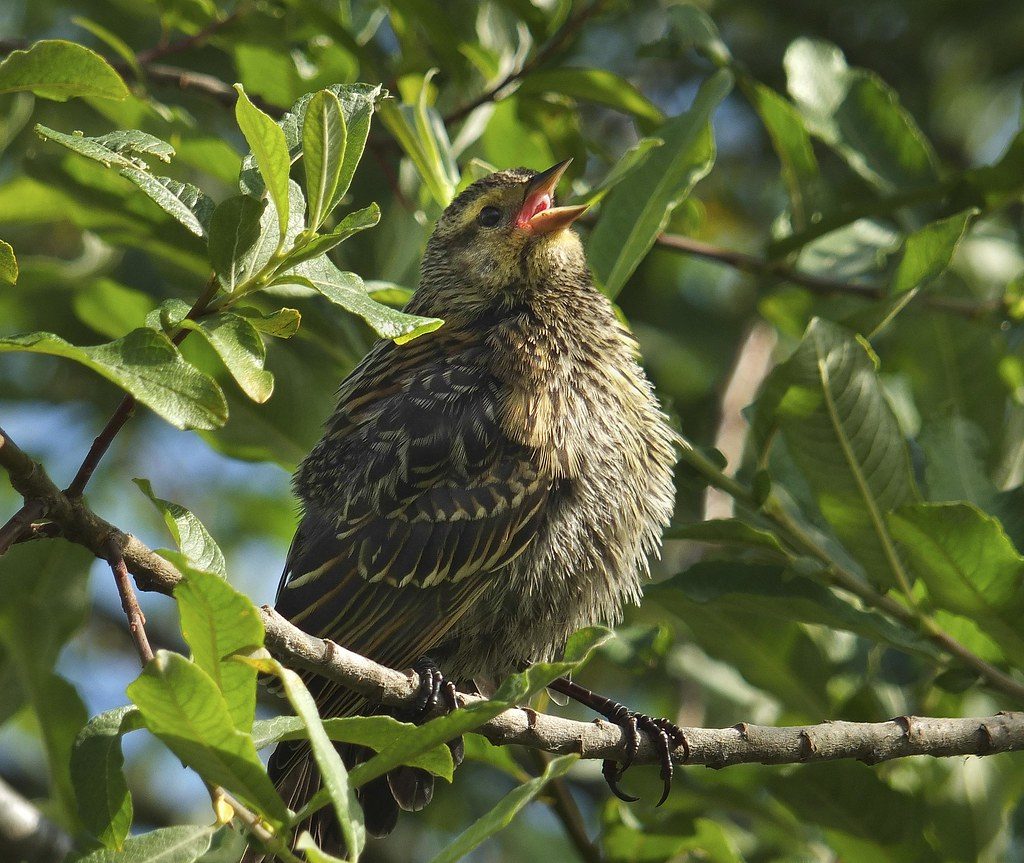
Want to learn more about birds and how you can help out your local bird population? Check out the For The Birds Mission on the Earth Rangers App.
